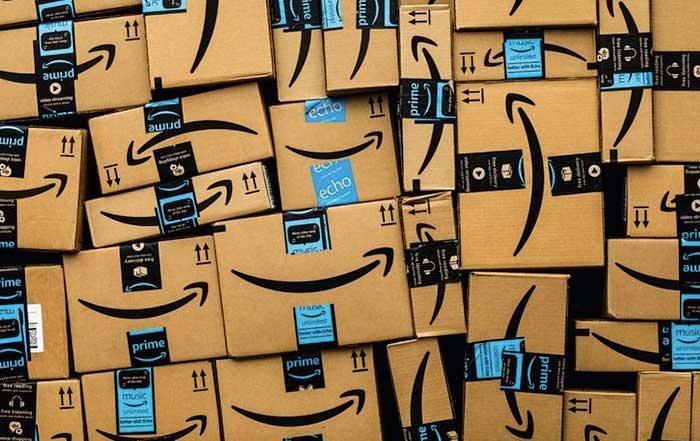America’s business landscape has changed dramatically in the last decade. The companies that have risen to the top have delivered quality products, services, and experiences to their customers. The companies have been recognized for their excellence, earning a place among the most decorated companies in America. From tech giants to retail chains, these companies have proved to be leaders in their respective industries. Thanks to their innovative approach and strong leadership, they are among the most successful and respected companies in the US.
America’s top companies have been significant players in the country’s business landscape for years. In the last few years, they’ve made a leap forward. They’ve identified and capitalized on emerging trends in the market and leveraged their expertise in their respective industry to boost their bottom line. This has allowed many companies to invest more heavily in research and development. Ultimately, it has resulted in the launch of a number of innovative products and services worldwide.
Aside from their impressive financial performance, America’s top companies have earned praise for their corporate social responsibility initiatives. They’ve committed to sustainability, supported communities, and championed diversity and inclusion in the workplace. These efforts have seen the entities recognized with numerous awards, including the prestigious Business of the Year Award. With their continued commitment to excellence and innovation, there's no doubt the company will continue to be a market leader in their respective businesses. Most of these companies have made a significant impact on the national economy, employment and the environment. They have created jobs and invested in training, research and development. They have embraced the latest technology, investing heavily in the development of new products that make life easier and more efficient for people.
Some top companies have been recognized for their commitment to sustainability; they have developed partnerships with renewable energy providers, energy conservation groups and environmental advocacy organizations. The companies have been praised for their commitment to supporting the communities they serve. They have won accolades for their dedication to reducing their carbon footprint. The top companies have led the way in corporate responsibility. They are an excellent example to other companies- many are beginning to follow their lead. The companies have received numerous awards for their commitment to corporate social responsibility.
Here are some of America’s most decorated companies:
Amazon: Amazon's meteoric rise to become one of the most decorated companies in America has been nothing short of remarkable. Since its humble beginnings in 1994 as an online bookstore in 1994, the company has grown to become a juggernaut in the retail and technology industries. With its expansive product catalogue, expansive logistics network, and customer-centric approach to business, Amazon has steadily earned an admirable reputation- it's among the most decorated companies in America.
Apple: Apple is another of America's most decorated companies. The iconic tech giant has been at the forefront of innovation and design for decades. Apple has continued to evolve and innovate its products to meet the customer's changing needs. From the introduction of the iPhone, iPad, and Apple Watch to the successful launches of the MacBook and Apple TV, Apple has consistently delivered cutting-edge products that have reshaped the technology landscape.
Google: Google is one of the most decorated companies in America, thanks largely to its incredible success in the search engine market. The search giant has become a dominant force in the tech industry thanks to its innovative algorithms and search results, as well as its expansive suite of products and services. From Google Maps and Google Docs to its Android operating system, Google has earned a coveted place among the most decorated companies in America. Then there is Tesla: Tesla has been one of the most decorated companies in America in the last decade, thanks to its revolutionary electric vehicle technology. The company's cars have become synonymous with luxury and performance. Tesla’s commitment to sustainability has earned it a place among the most decorated companies in America.
Walmart: Walmart has always been among America’s stellar companies, thanks to its impressive expansion into the retail industry. The company's network of stores has allowed it to become the largest retailer. Walmart’s commitment to customer service and quality products has earned it accolades among the most decorated companies. These were some of America's best-performing companies in 2022. Each has shown a commitment to excellence and innovation. As the business landscape continues to evolve, these companies are likely to remain there- at the top of the pile.




